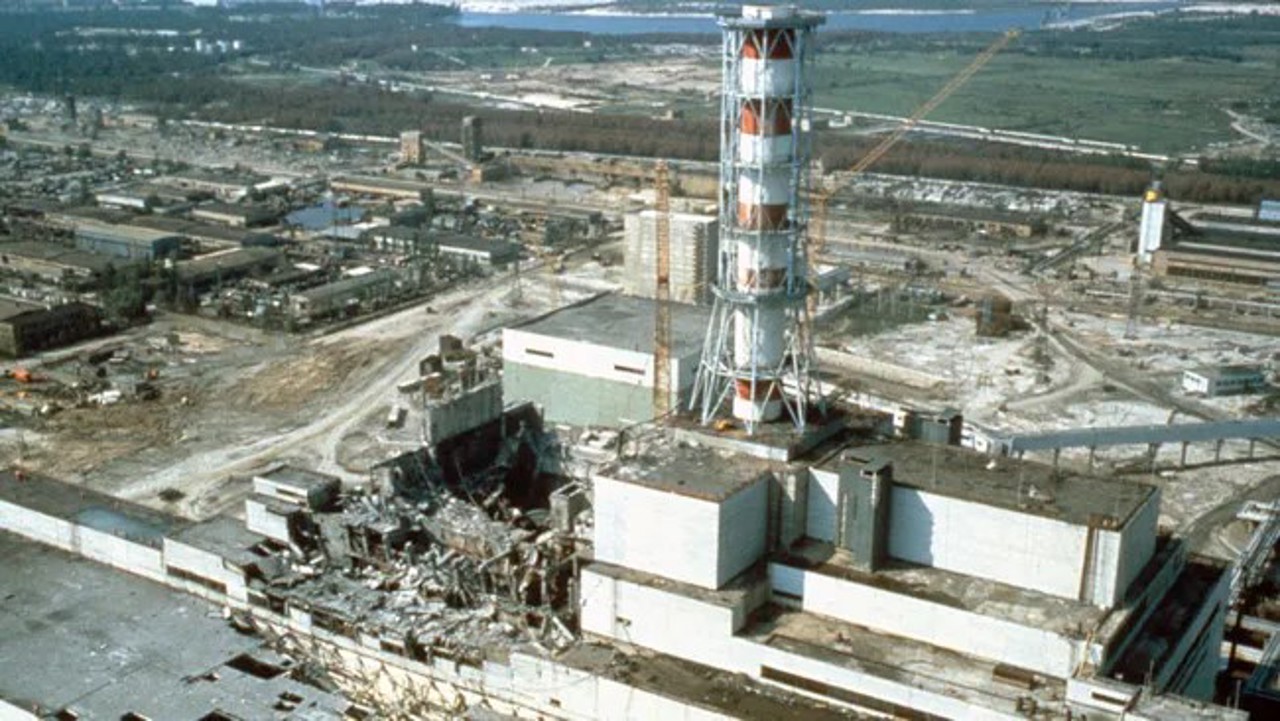Marking 38 Years Since the Chernobyl Nuclear Power Plant Disaster
On April 26, 1986, a series of explosions and fires at the Chernobyl Nuclear Power Plant in Ukraine resulted in the release of significant amounts of radioactive material into the atmosphere.

The United Nations has called the accident "the worst ecological disaster in the history of humankind."
The Cause of the Accident
According to the International Atomic Energy Agency (IAEA), during a low-power test on April 26, 1986, the No. 4 RBMK reactor at the Chernobyl Nuclear Power Plant in Pripyat, Ukraine, spun out of control, leading to an explosion and fire that destroyed the reactor building and released large quantities of radiation into the atmosphere. Safety measures were disregarded, the uranium fuel in the reactor overheated and melted through the protective barriers. RBMK reactors lack a containment structure, a concrete and steel dome over the reactor itself, designed to contain radiation within the plant in the event of such an accident. Consequently, radioactive elements, including plutonium, iodine, strontium, and cesium, were dispersed over a large area. Additionally, the graphite blocks used as moderating material in RBMKs caught fire at high temperatures as air entered the reactor core, further contributing to the release of radioactive materials into the environment.
Immediate Casualties and Evacuations
The initial explosion resulted in the deaths of two workers. Twenty-eight firefighters and emergency cleanup workers died in the first three months following the explosion from acute radiation sickness, and one from a heart attack.
The entire city of Pripyat, with a population of 49,360, located just three kilometres from the plant, was completely evacuated within 36 hours of the accident. In the weeks and months that followed, another 67,000 people were evacuated from their homes in contaminated areas and relocated by government order. In total, it is estimated that approximately 200,000 people were relocated as a result of the accident.
Health Effects on Exposed Populations
At least 1,800 cases of thyroid cancer have been documented among children who were between the ages of 0 and 14 at the time of the accident, which is far more than would be expected normally. The thyroid glands of young children are particularly sensitive to the uptake of radioactive iodine, which can trigger cancers, treatable by both surgery and medication. Health studies of registered workers who were called in for cleanup (the so-called "liquidators") have failed to show any direct correlation between their exposure to radiation and an increase in other forms of cancer or illnesses. The psychological effects of Chernobyl have been and remain widespread and profound and have led, for example, to suicides, alcohol problems, and apathy.
Radioactive Elements Released
Over 100 radioactive elements were released into the atmosphere when the Chernobyl No. 4 reactor exploded. Most of these had a short half-life and decayed very quickly. Iodine, strontium, and cesium were the most dangerous of the elements released and have half-lives of eight days, 29 years, and 30 years, respectively. Therefore, strontium-90 and cesium-137 isotopes are still present in the area to this day. While iodine is linked to thyroid cancer, strontium can lead to leukaemia. Cesium is the element that travels the farthest and lasts the longest. This element affects the entire body and, in particular, can affect the liver and spleen.
Area Affected by Radioactive Fallout
Approximately 150,000 square kilometres of Belarus, Russia, and Ukraine are contaminated and extend up to 500 kilometres north of the plant. An area within a 30-kilometre radius of the plant is considered an "exclusion zone" and is essentially uninhabited. The radioactive fallout spread across much of the Northern Hemisphere due to wind and storms, but the dispersed amounts were in many cases insignificant.
Cleanup Efforts
Emergency workers, the liquidators, were called into the area and helped to clean up the plant site and surrounding area. These workers were largely plant employees, Ukrainian firefighters, plus many soldiers and miners from Russia, Belarus, Ukraine, and other parts of the former Soviet Union. The exact number of liquidators is not known, as there is no completely accurate record of those involved in the cleanup operations. Russian records list approximately 400,000 liquidators as of 1991, and about 600,000 people have received "liquidator" status. These 600,000 people have received special benefits due to their involvement, on-site and off, in addressing the consequences of the accident.
The liquidators' tasks varied. They worked on decontamination and major construction projects, including the establishment of settlements and towns for plant
Translation by IurieTataru





